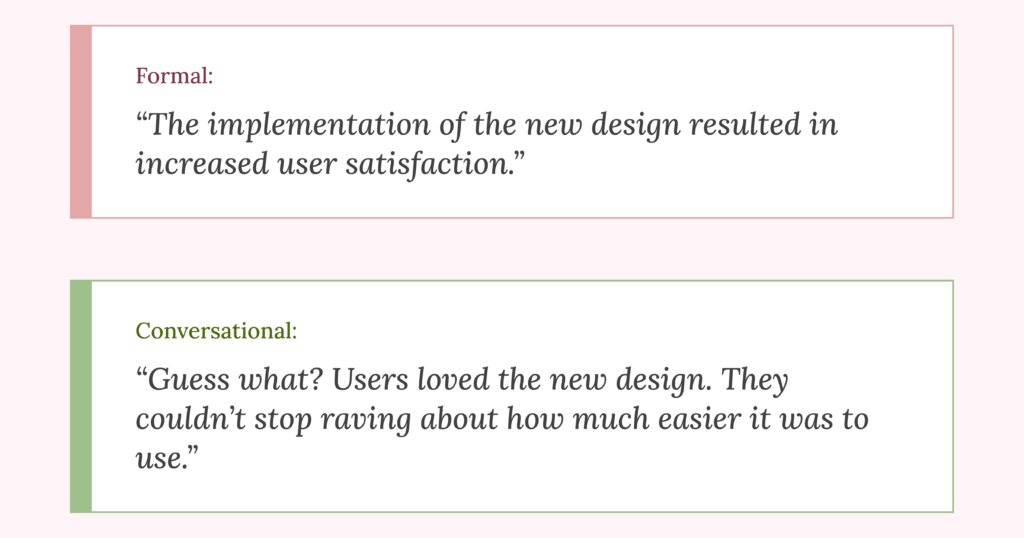Your portfolio is your first impression. Strong copywriting helps make that first impression count.
Here are my favourite copywriting tips
1. Use active voice
Use subject-verb-object structure where the subject performs the action.
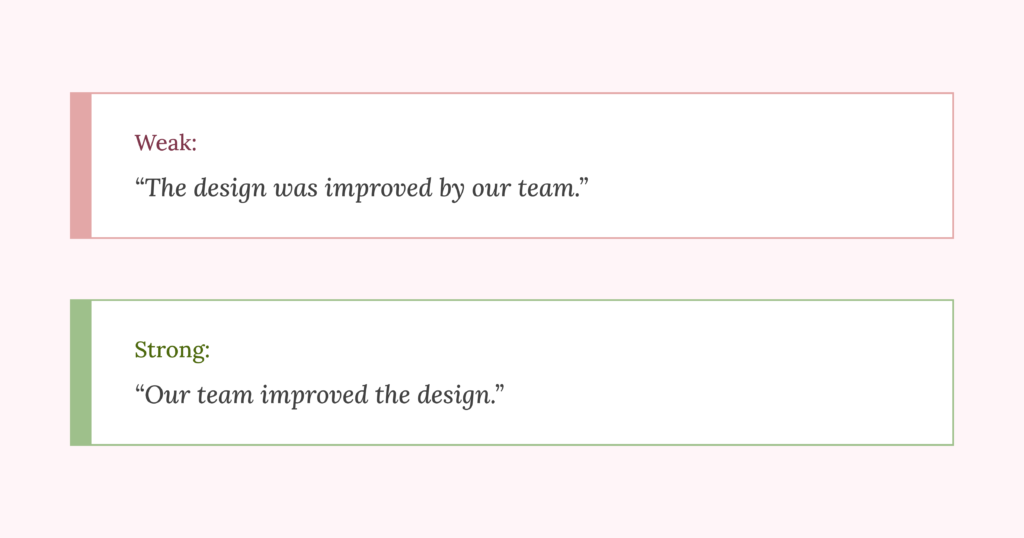
Using active voice creates a sense of directness and responsibility, making writing more engaging and dynamic.
2. Show, don't tell
Provide specific examples or scenarios instead of broad statements
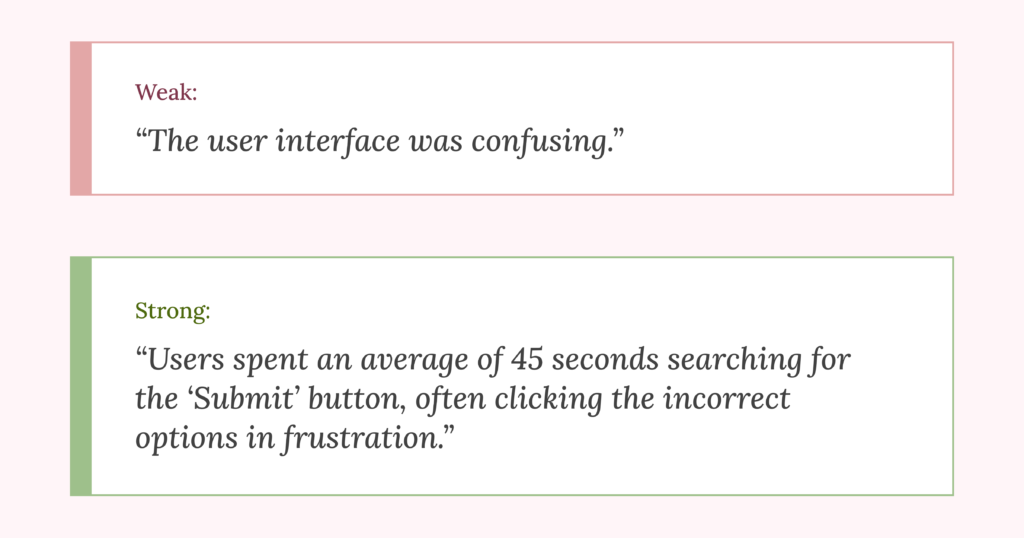
This helps readers visualize and connect with the situation, making the content more memorable and impactful.
3. Use varied sentence structure
Mix short and long sentences, and vary how sentences begin.
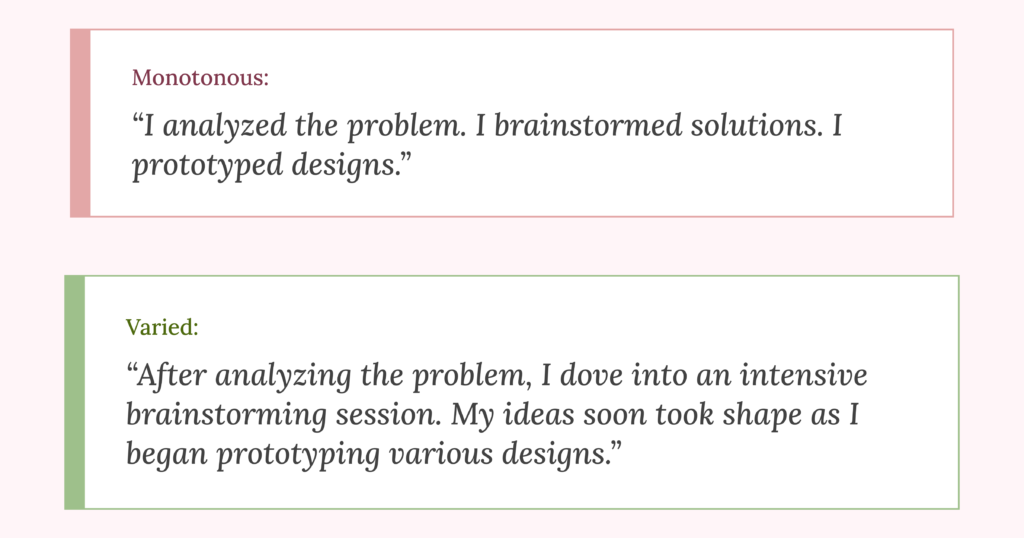
Using varied sentence structure improves readability and maintains reader interest by creating a natural rhythm in the writing.
4. Utilize power words
Use words that evoke strong emotions or vivid imagery.
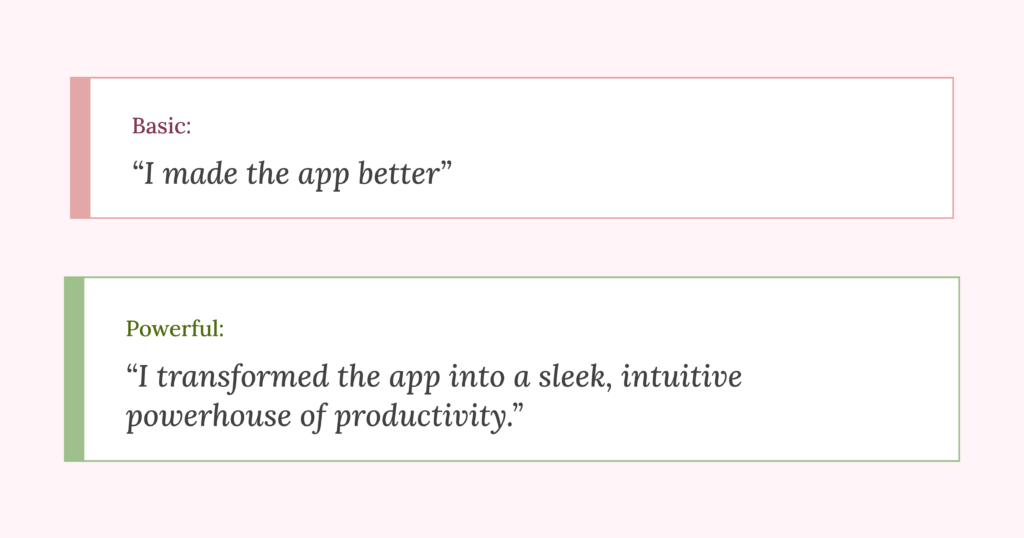
This captures attention and makes writing more persuasive by triggering emotional responses.
5.Apply conversational tone
Write as if speaking directly to the reader in a natural friendly manner.
Conversational tone builds rapport and makes complex topics more accessible, increasing engagement.
6. Use analogies /metaphors
Compare complex ideas to more familiar concepts.
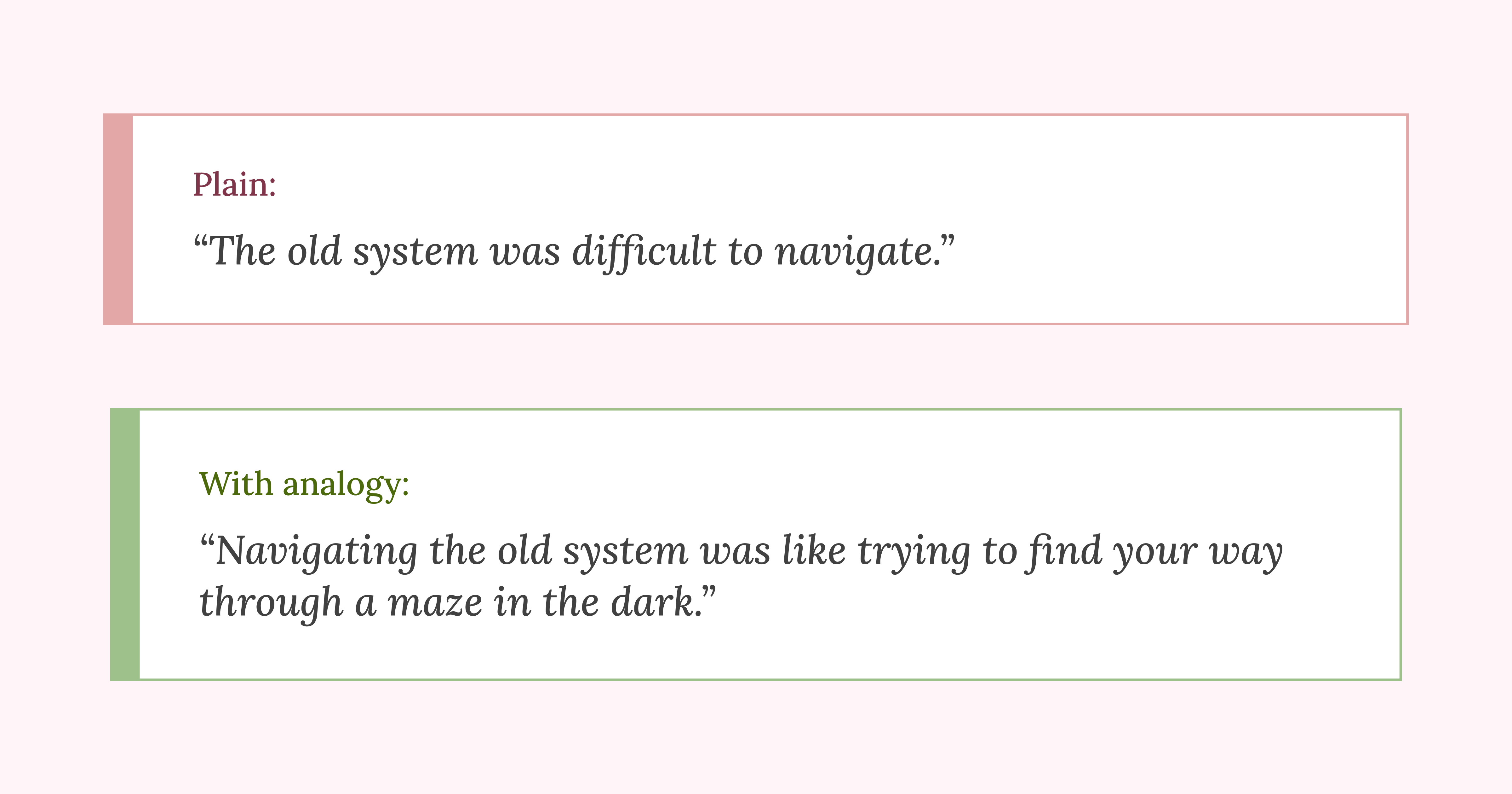
This simplifies understanding of difficult concepts and makes them more relatable.
7. Leverage sensory details
Include details that appeal to the five senses.
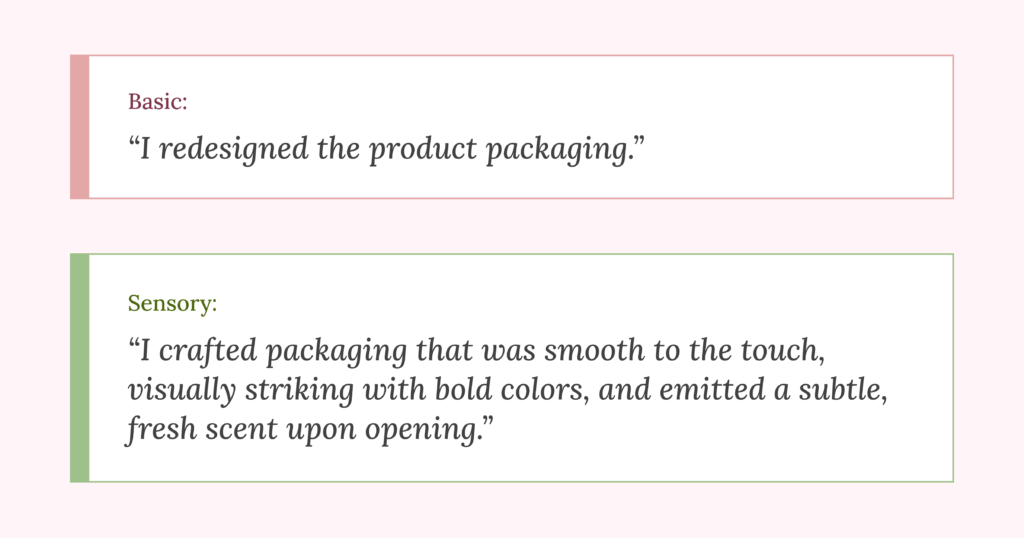
Applying sensory details creates a more immersive experience, helping readers feel more connected to the content.
8. Apply rule of three
Group ideas or phrases in threes
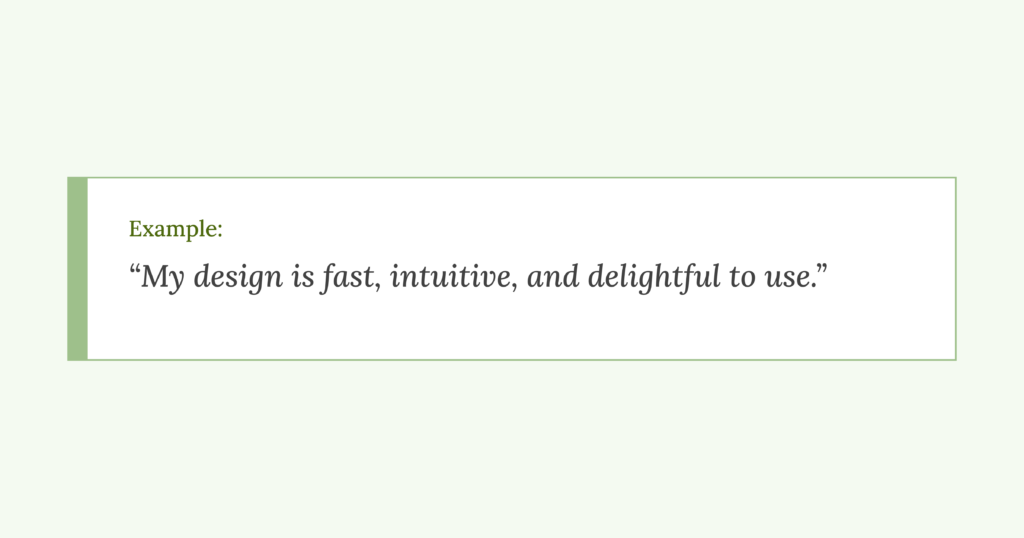
This improves memorability and creates a sense of completeness or satisfacion.
9. Start with conjuctions
Begin sentences with words like “And” or “But”
occasionally.
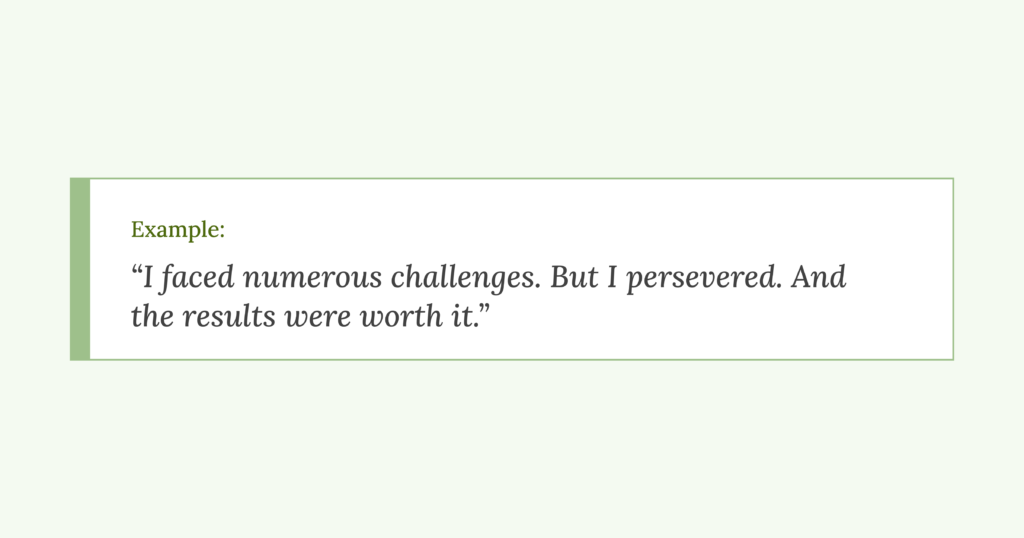
This aids emphasis and creates a more casual, approachable tone.
10. Ask rhetorical questions
Ask questions that prompt reflection rather than require an answer.
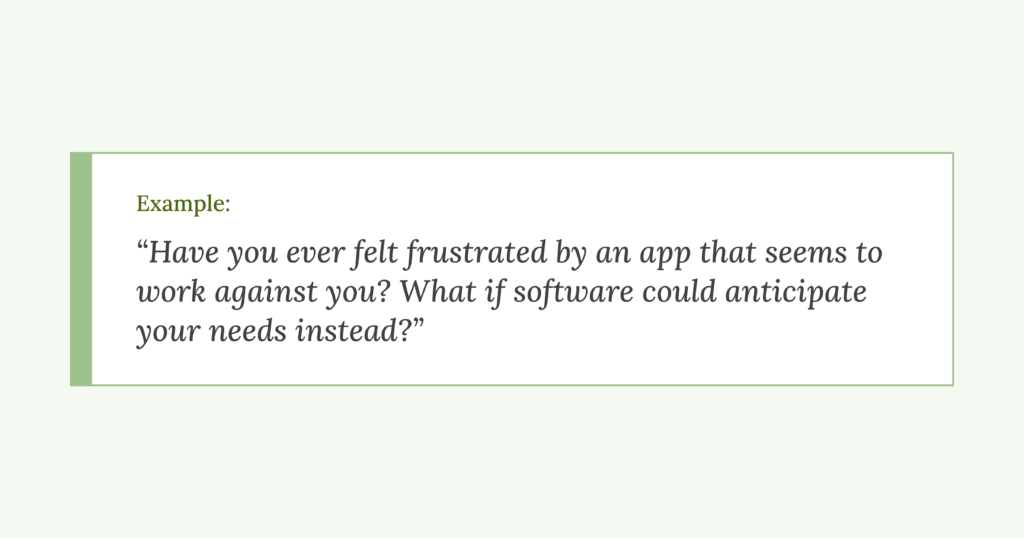
Using rhetorical questions engages readers by encouraging them to think about the topic and relate it to their own experiences.
11. Apply parallelism
Use similar grammatical structures in a series of words, phrases, or clauses.
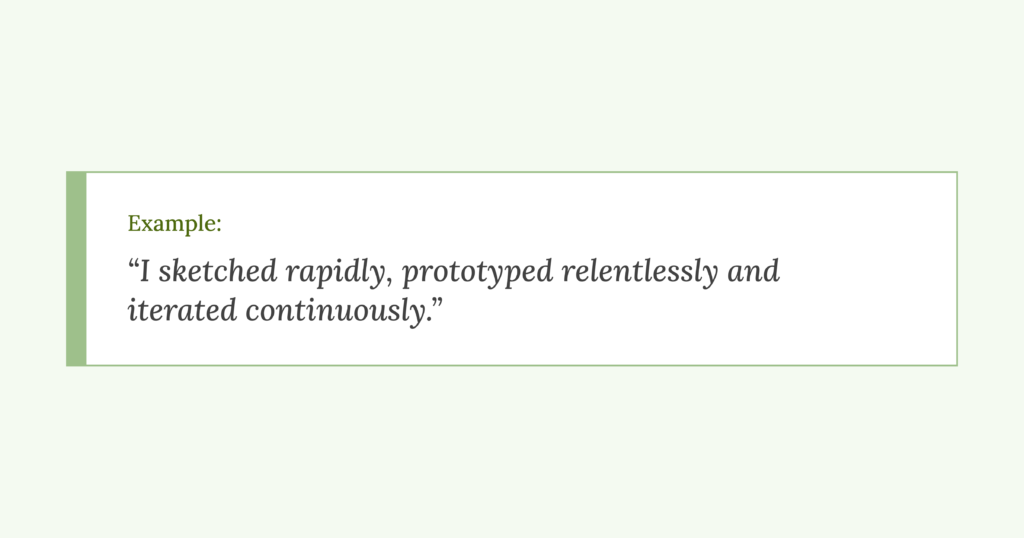
This enhances clarity and creates a pleasing rhythm that aids comprehension and retention.
12. Avoiding clichés
Replace overused phrases with more original expressions.
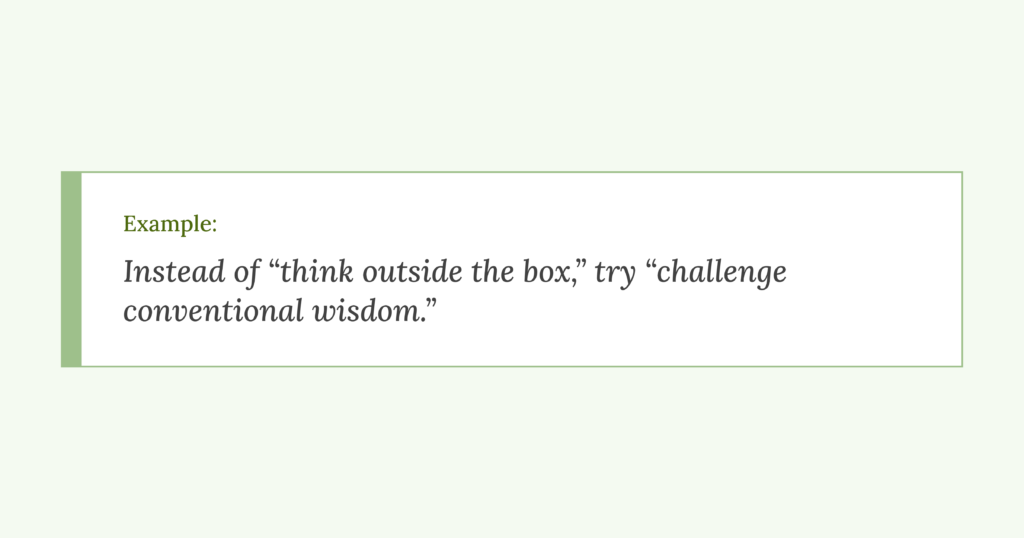
This allows you to keep the writing fresh and interesting, preventing reader disengagement from predictable language.
13. Concrete nouns and strong verbs
Use specific, tangible nouns and action-oriented verbs.
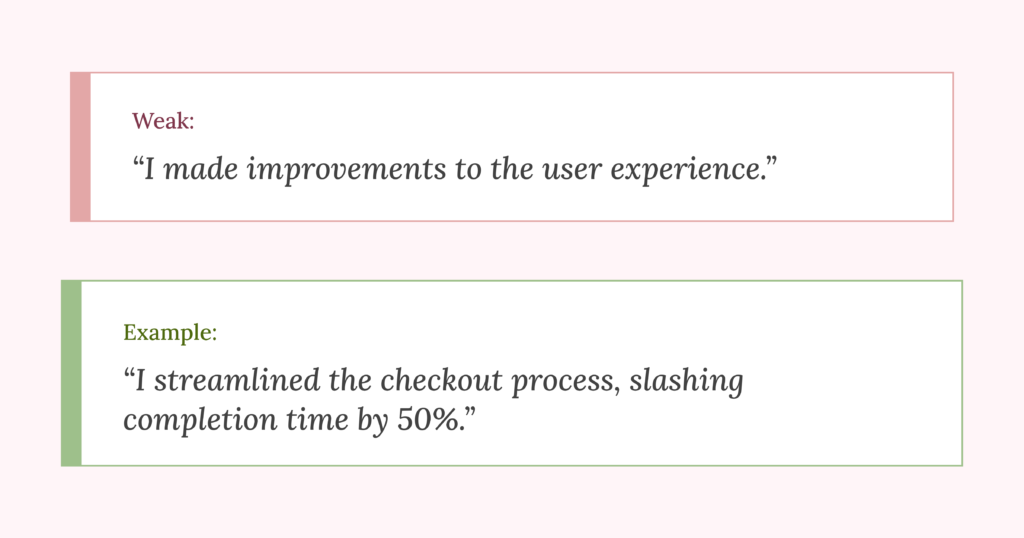
This makes writing more vivid and impactful, creating clearer mental images for the reader.
14. Create urgency
Use language that implies time sensitivity or importance.
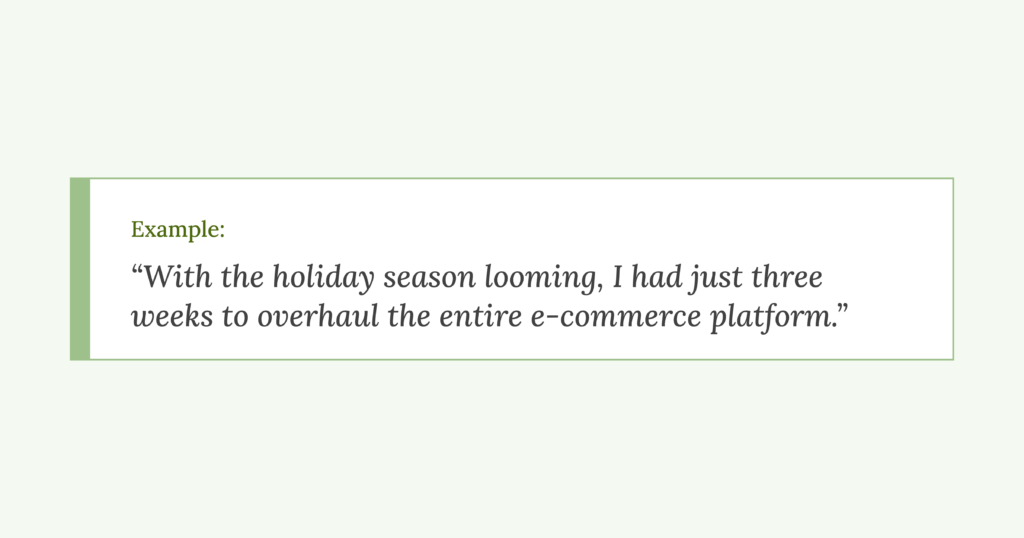
Creating urgency motivates readers to take action or pay closer attention to the content.
15. Use transitional phrases
Use words or phrases that link ideas and paragraphs.
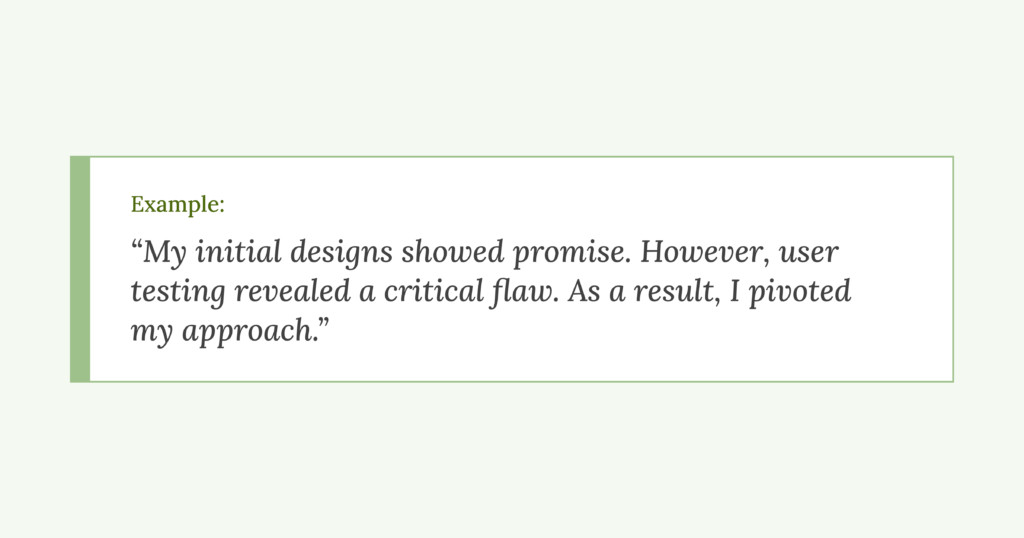
This improves flow and coherence, guiding readers
smoothly through your narrative.
16. Utilize short, punchy sentences
Occasionally use very brief, impactful sentences.
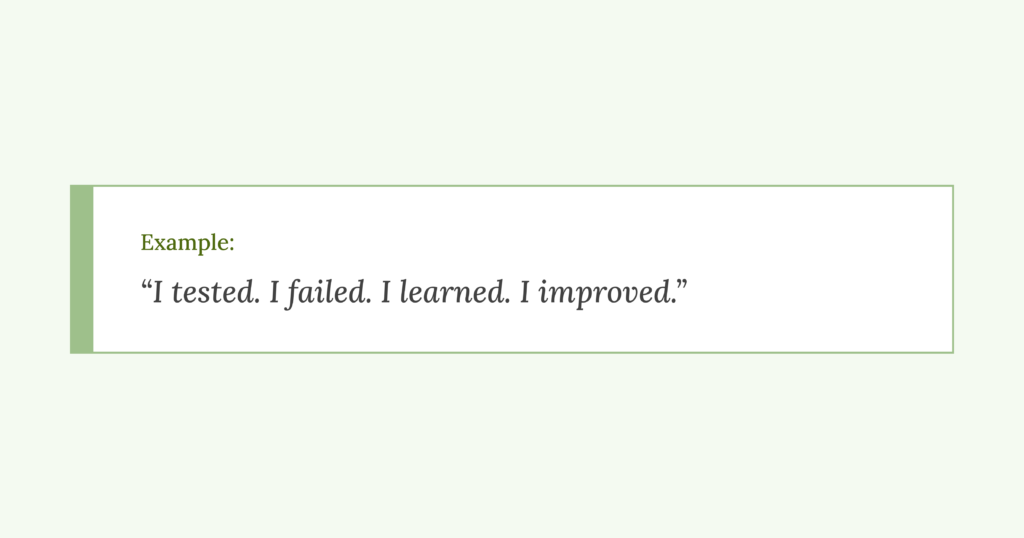
Using this kind of sentences adds emphasis and variety,
breaking up longer sections and maintaining reader
attention.
17. Use inverted pyramid structure
Present the most important information first, followed by supporting details.
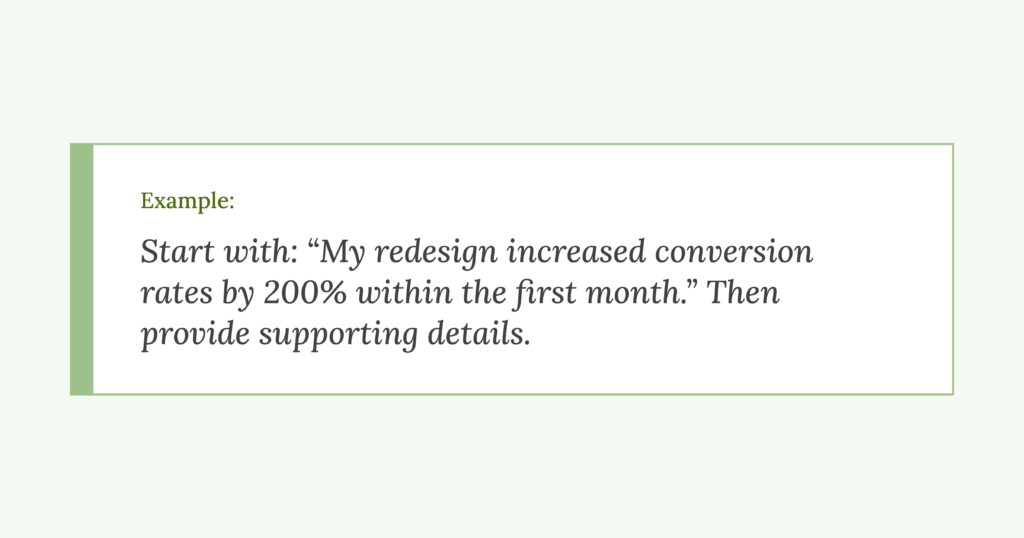
This quickly captures interest and ensures key points are conveyed, even if readers don’t finish the entire piece.
18. Use Bucket Brigade writing
Use phrases that create curiosity and propel the reader forward.
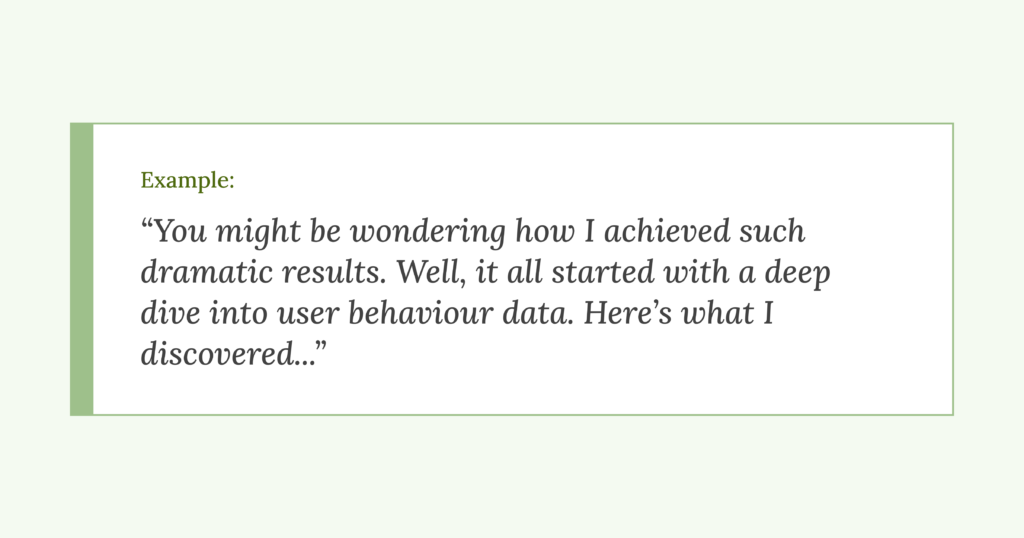
Using Bucket Brigade writing technique maintains engagement by creating a sense of anticipation and encouraging continued reading.
19. Use compelling openings and closings
Craft attention-grabbing introductions and memorable conclusions.
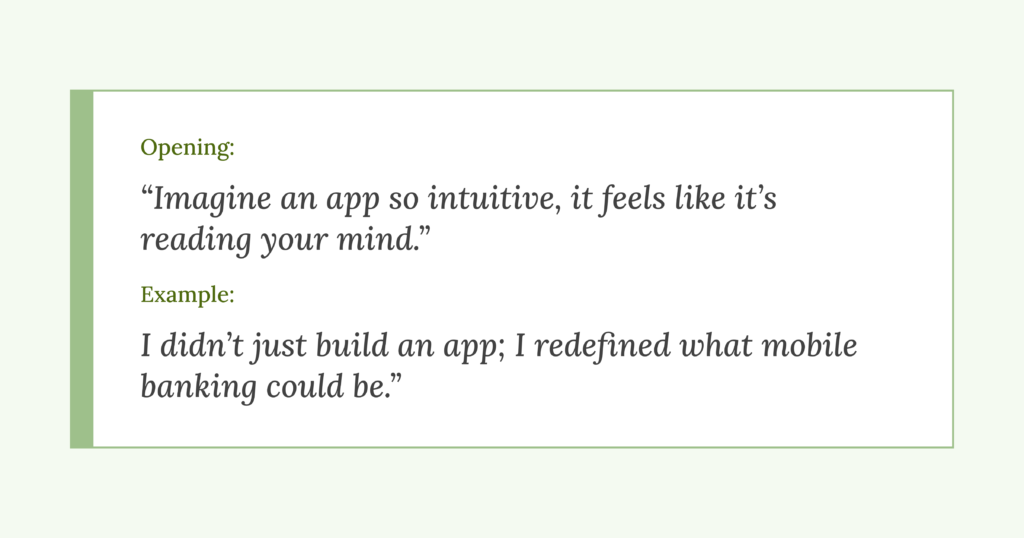
Hooks readers at the start and leaves a lasting impression at the end, bookending your content effectively.
20. Apply PAS Formula
Structure content by presenting a Problem, Agitating it, then offering a Solution.
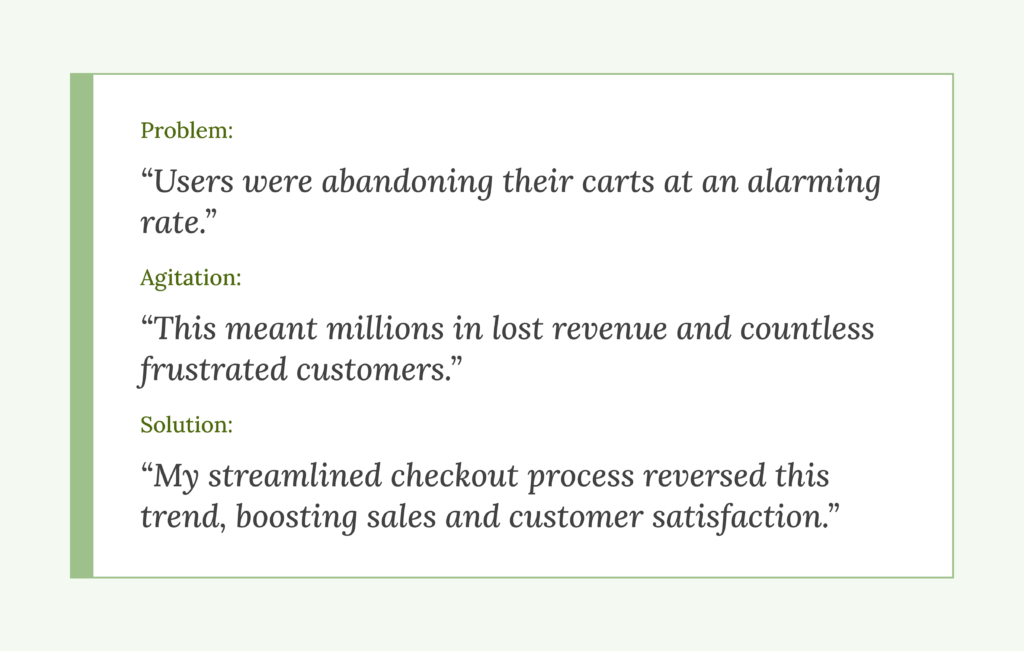
This creates a narrative arc that resonates with reader’s pain points and positions your work as the answer.
P.S. If you found this article helpful, share it with others and follow me on LinkedIn for daily career insights for UX and UI designers.
Written By: Matt Przegietka

